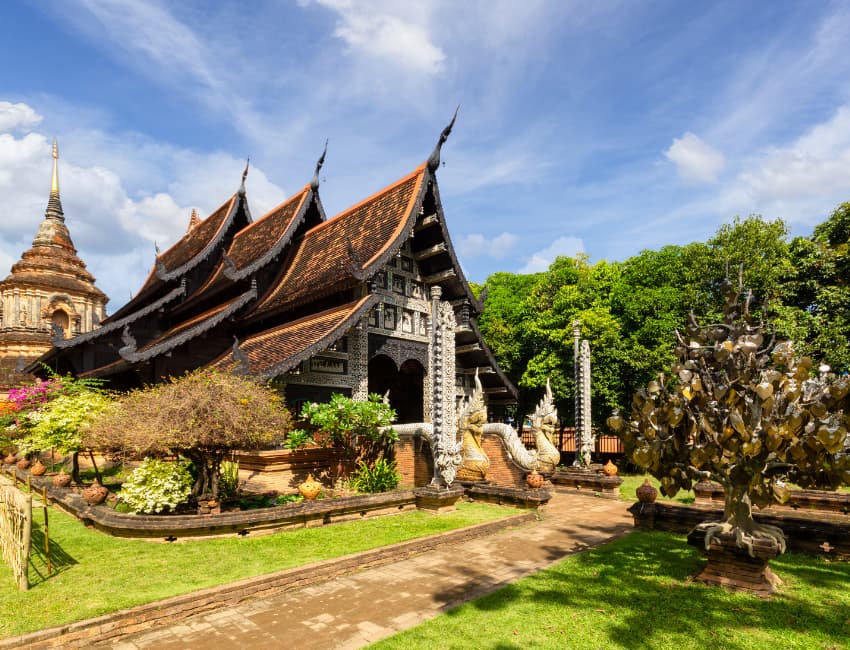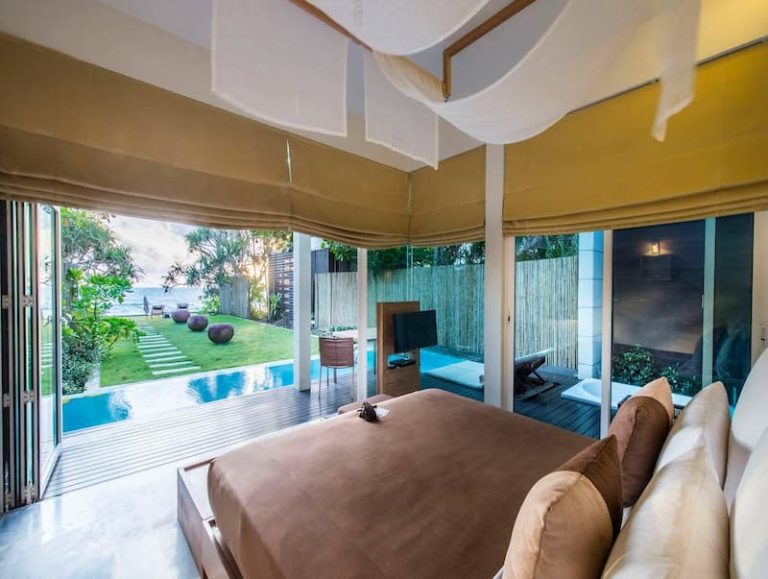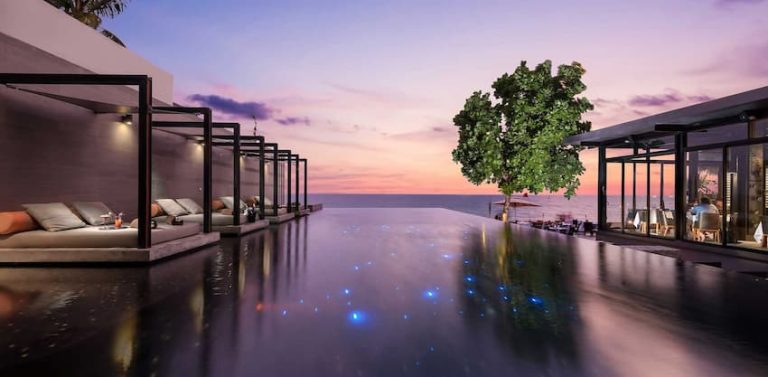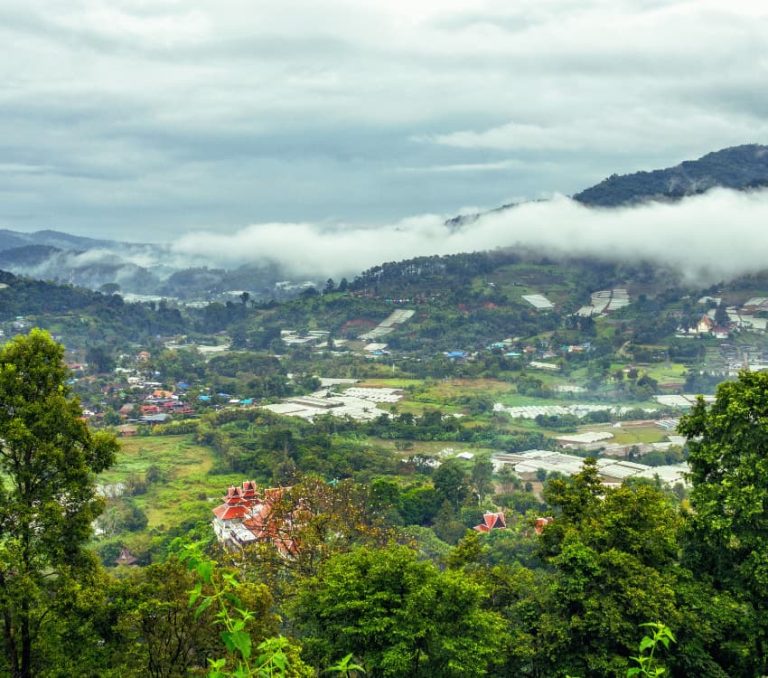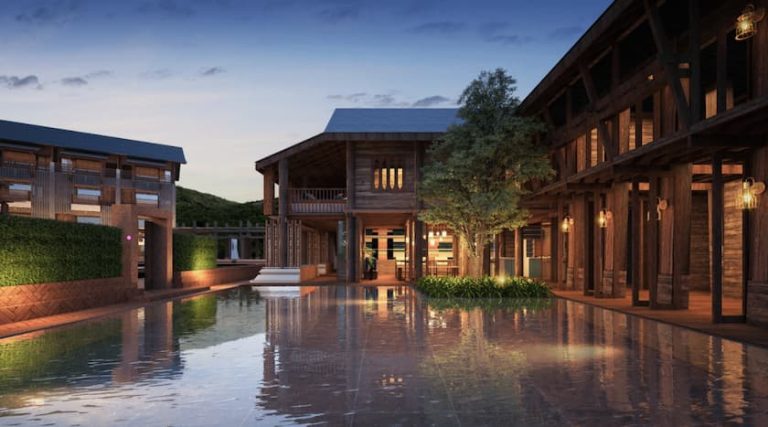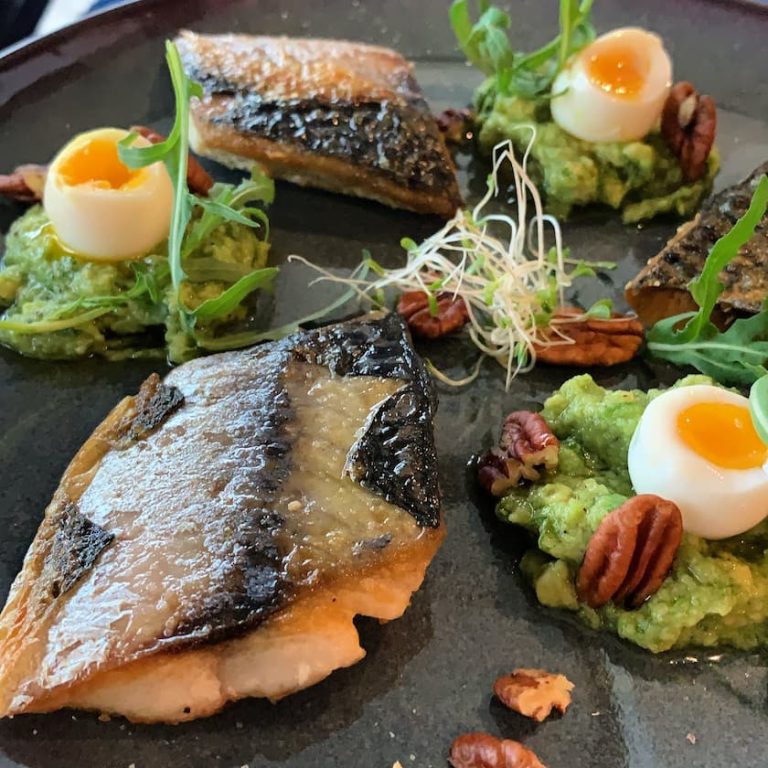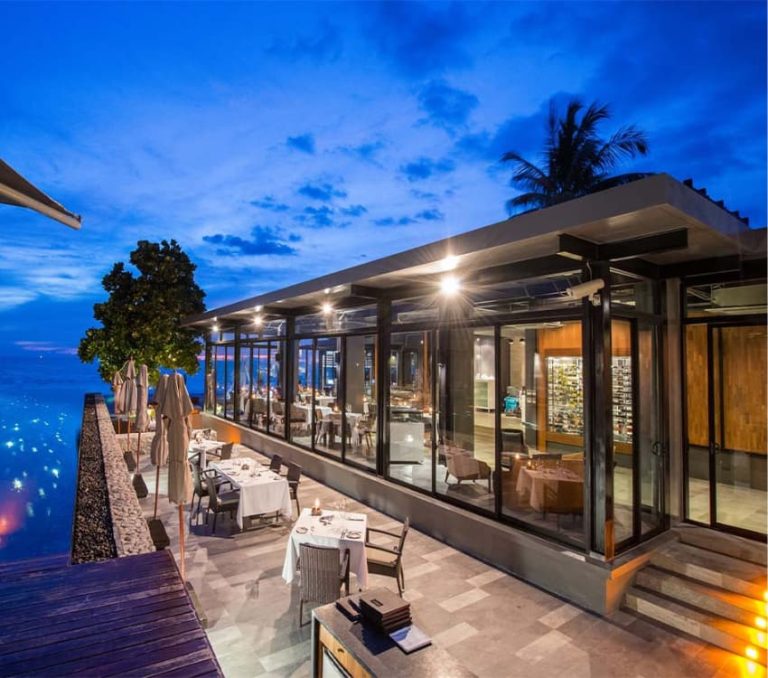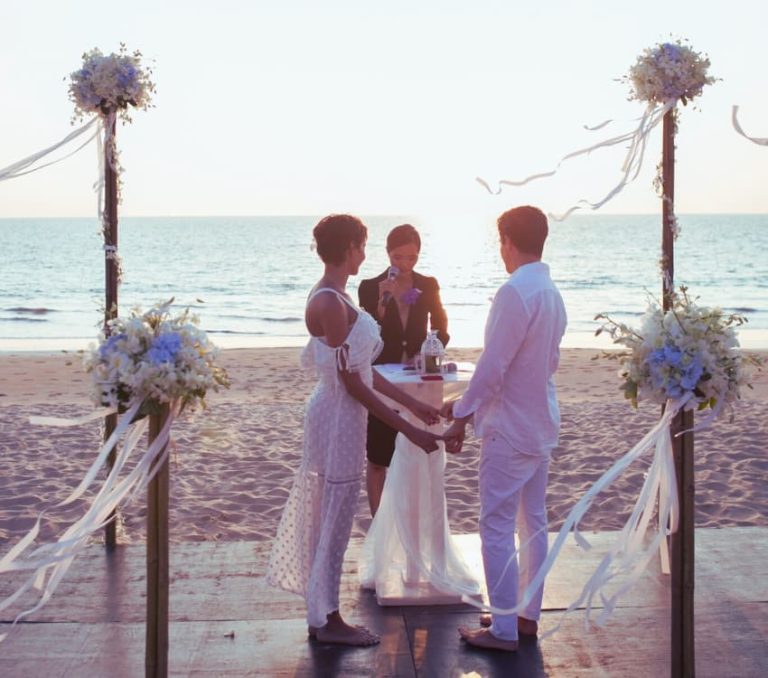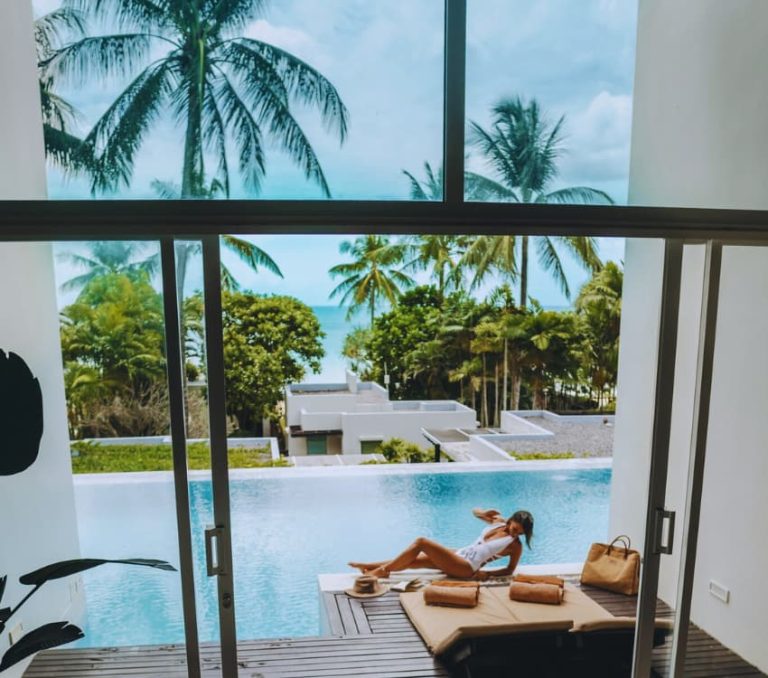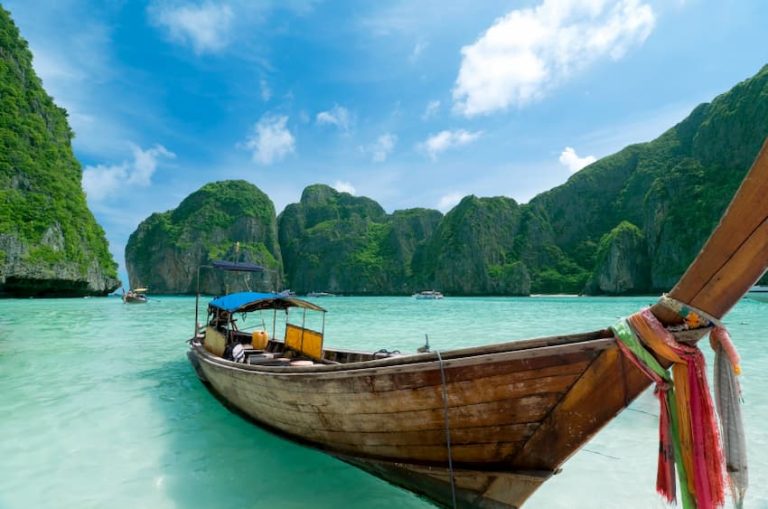While there are many old, historic temples to explore in Chiang Mai Old City, there are also many of great significance outside the city’s surrounding walls. One is Wat Lok Moli, a 14th-century structure just under an hour’s walk from the Aleenta Chiang Mai Retreat and a short stroll from the city’s Chang Phueak Gate in the northern wall.
The History of Wat Lok Moli
While historians estimate that Wat Lok Moli dates back to the mid to late-1300s, its exact date remains unclear. That said, the first mention of the temple appears to have been in a charter in 1367 when ten Burmese Buddhist monks were accommodated here. This was an invitation extended by King Kuena, the sixth King of the Mengrai Dynasty, who encouraged them to visit the area to promote their beliefs and teachings of Theravada Buddhism.
Wat Lok Moli continued to play a significant role in the teachings of Buddhism throughout the Lanna period, cementing this as one of the Kingdom’s most prevalent religions. Its attraction for monks, scholars and pilgrims extended far and wide, and it soon became a centre for these noble people to strengthen their beliefs and learn from each other by combining schools of thought.
Throughout Mengrai’s rule, the royal family maintained the temple, keeping it functional and adding various structures, such as the chedi and ordination hall, to the compound. The Mengrai family’s connection to Wat Lok Moli was such that the temple was the final resting place for the ashes of some prominent members of the Mengrai Dynasty.
Mengrai’s rule ended in the latter half of the 16th century when the Burmese conquered the Lanna Kingdom. This marked the start of a somewhat tumultuous time for the region, which continued for over two centuries. Chiang Mai became a deserted city, and many temples, including Wat Lok Moli, were left to rack and ruin. It wasn’t until the 20th century that it received much-needed attention and underwent a restorative period.
The Buildings of Wat Lok Moli
The temple and other structures in the complex face a southerly direction, which is a curiosity of Wat Lok Moli as traditionally Buddhist temples are built facing east.
The entrance to Wat Lok Moli sets the tone for the whole complex, with a beautifully adorned Lanna-style gate complete with a sloping roof, fine detail and large stone statues guarding the entrance from the outside. Once inside, you will encounter two large white stone elephants symbolising royalty in Thai culture. The gate is unmissable, located as it is in front of the viharn, so everyone passing through Wat Lok Moli has the opportunity to marvel at this beautiful structure.
The wooden interior of the temple features an extensive collection of artwork, statues and Buddha images. Intricate carvings and mosaic pieces tell stories from days of old and depict important moments in the history of the temple and region.
One of the most prominent features of the temple complex is the chedi. A massive structure built in 1527, the chedi is still one of the largest in Northern Thailand. It stands out not just for its size but also for its plainness, with none of the flamboyance and decoration that are the hallmark of so many chedis in the area.
The base of the chedi is square, with the large stone castle-like structure rising skywards to tower over the surrounding buildings. Niches carved into each side of the chedi hold Buddha images, with celestial beings on either side of each niche. The chedi holds the ashes of Queen Wisutthithewi, one of the Mengrai family who ruled the Lanna Kingdom from 1564 to 1578.
The viharn, or assembly hall, is another notable structure worth exploring. It was first built around the same time as the chedi. However, not much is left of this original structure. In the early 21st century, it was rebuilt in the traditional Lanna style with gilded decoration and finely detailed wooden carvings. The sloping roof is another typical Lanna attribute.
The main purpose of the assembly hall was as a meeting place for monks and other religious people to come together and worship their deities or conduct celebratory ceremonies. The interior is beautifully adorned and features a seated Buddha statue in the bhumisparsha mudra pose. Loosely translated, bhumisparsha mudra means “touching the earth” and is a simple hand position that signifies enlightenment.
The monk’s living quarters, or kuti, is another noteworthy building at Wat Lok Moli. While Kuti is usually quite plain, wooden houses, the one here features ornate stone carvings and Lanna architecture making it stand out from similar residences at other temples.
Surrounding the various temple buildings are landscaped gardens dotted about with flower beds and ponds, statues and carvings that create a serene environment in which visitors can enjoy and appreciate the history and beauty of Wat Lok Moli.
Visiting Wat Lok Moli
Wat Lok Moli is open daily between 6 am and 5 pm, and entrance to the complex is free. Its location outside the gate in the northern city wall makes it convenient to explore other sites of interest in the old city, including the Chang Phueak Gate itself, the nearby Three Kings Monument or any of the other Wats in Chiang Mai Old City.
A visit to Wat Lok Moli should feature in the travel plans of everyone in Chiang Mai. The ancient architecture, intricate design and decoration and sheer reverence of the temple site are one to be explored and embraced. You’ll leave with long-lasting memories and a new appreciation of ancient Thai history and the traditions and culture of the Buddhist way of life.
Wat Lok Moli FAQs
Q: Where is Wat Lok Moli located?
Wat Lok Moli is located on the north side of the moat in Chiang Mai’s old city, at the corner of Manee Nopparat and Phra Pokklao Roads. It’s easily accessible by tuk-tuk, taxi, or bicycle.
Q: Is there an entrance fee to Wat Lok Moli?
Wat Lok Moli is free to enter. Donations to support the maintenance of the temple are appreciated and can be made on-site.
Q: What is the best time to visit Wat Lok Moli?
Wat Lok Moli can be visited year-round. The mornings are often quieter and cooler. Avoid visiting during religious ceremonies unless you’re there to participate respectfully.
Q: Can I take photos inside Wat Lok Moli?
Yes, photography is generally allowed within the temple grounds, but always be respectful. Avoid taking pictures of monks without permission, and be mindful of any signs indicating photography restrictions.
Q: What should I wear when visiting Wat Lok Moli?
Like most Buddhist temples in Thailand, visitors are expected to dress modestly. Cover your shoulders and knees, and remove your shoes before entering the worship areas. Scarves or wraps are often available at the entrance if needed.
Q: Can I interact with the monks at Wat Lok Moli?
Monks at Wat Lok Moli may be open to interaction, especially during specific “Monk Chat” programs. Always approach with respect, and follow any guidelines provided by the temple.
Q: What makes Wat Lok Moli unique compared to other temples in Chiang Mai?
Wat Lok Moli stands out with its unadorned and imposing chedi, connections to the Mengrai dynasty, and a less touristy atmosphere. It’s historical significance and unique architecture makes it a rewarding visit for those seeking a more tranquil temple experience.
Related Articles
- Wat Pha Lat
- Wat Ram Poeng
- Wat Suan Dok
- Wat Umong Suan Phutthatham
- Seven Chiang Mai Temples Worth A Visit
Aleenta Retreat
Chiang Mai
Chiang Mai
189 Soi Ban Mai Lang Mo 18,
Suthep, Muang Chiang Mai District,
Chiang Mai 50200
T: +66 (0)52 090 333

